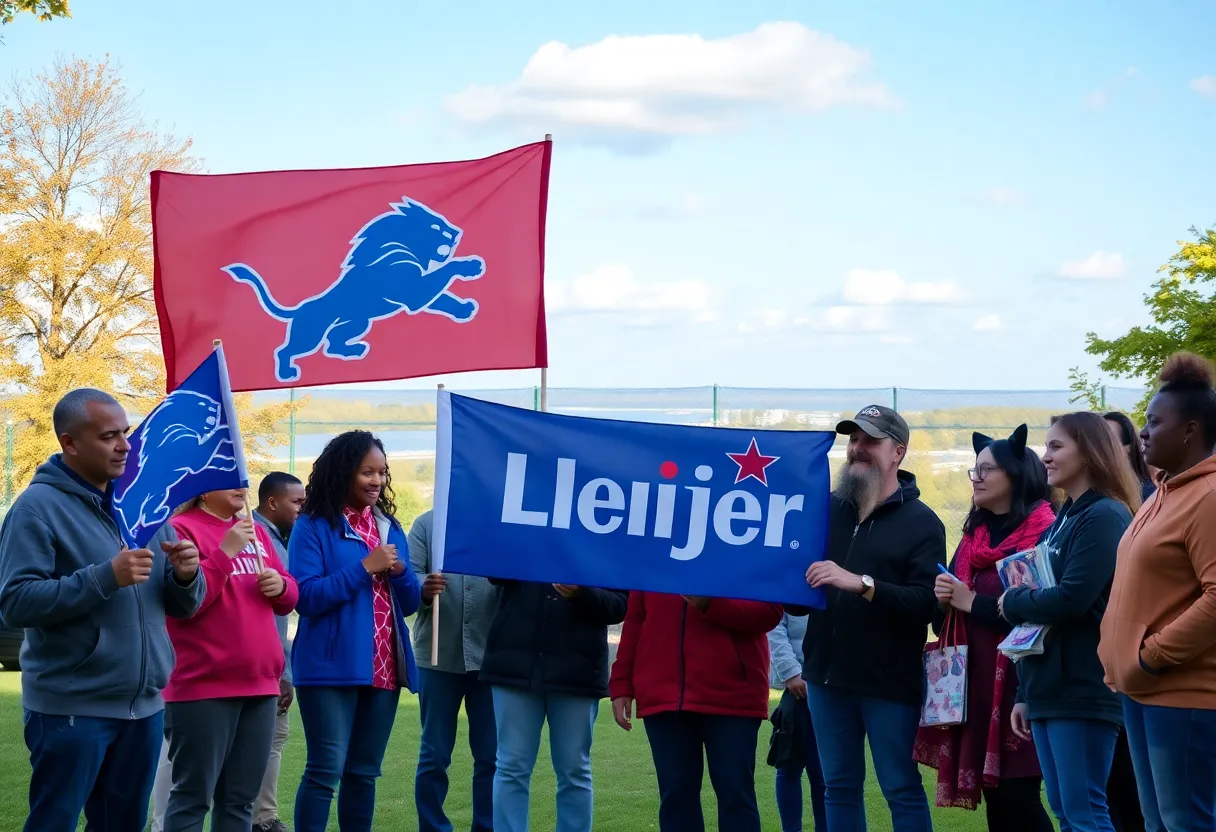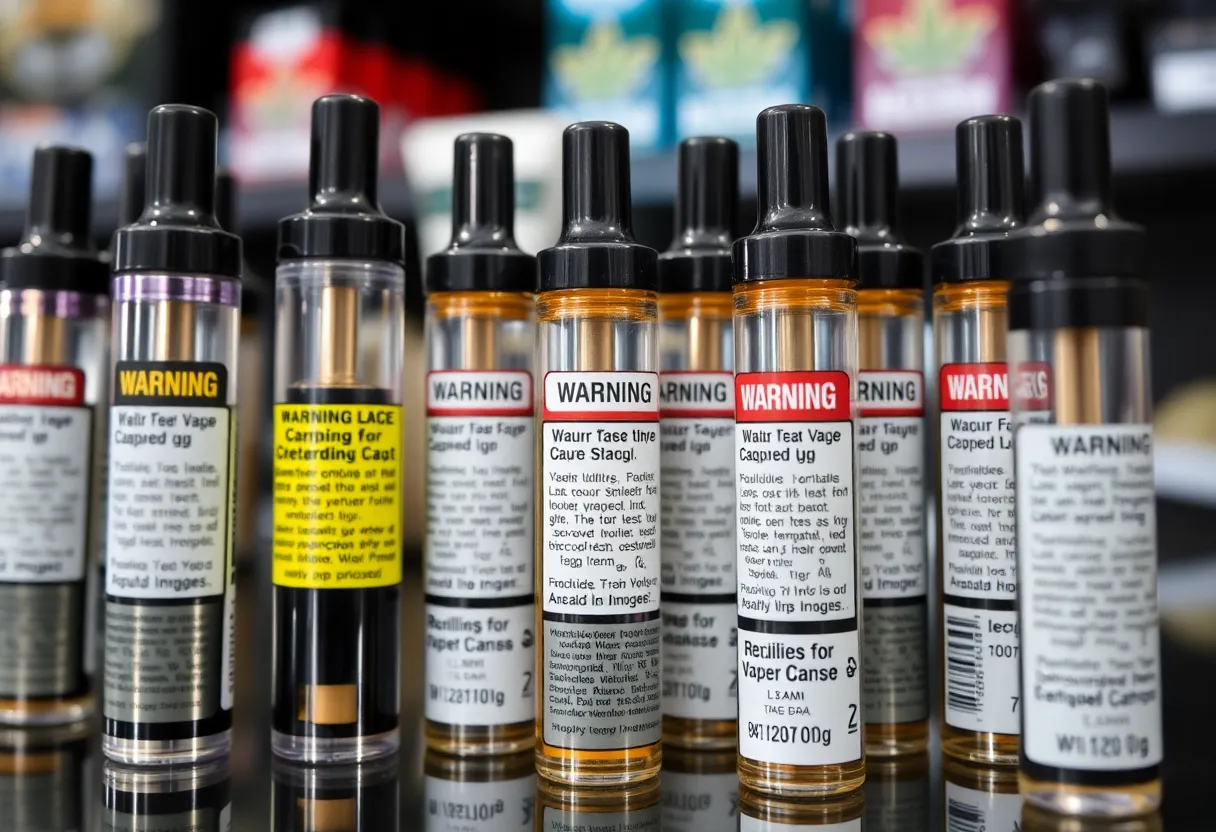Recent Advertising Blunders Have Companies Reflecting on Cultural Sensitivity
This past week, two well-known brands, Heinz and Bath & Body Works, found themselves in the hot seat after their recent advertising efforts were criticized for being culturally tone-deaf. Taking place in vibrant cities like New York and London, these companies quickly learned the power of the public’s voice in a world that increasingly values respect and inclusivity.
Heinz Faces Backlash from Controversial Ads
Heinz stirred up quite a storm with two separate advertisements that left many scratching their heads. In North America, one advertisement was interpreted as playing into racial stereotypes, featuring a minstrel image that many found offensive. At the same time, across the pond in the UK, Heinz launched a campaign during Black History Month that included a portrayal of a Black woman without a father, which also sparked outrage. It’s clear these messaging choices missed the mark, drawing attention to the ongoing struggle in the advertising realm to portray diverse cultures responsibly.
Bath & Body Works’ Candle Mishap
Similarly, Bath & Body Works hit a bump in the road with their winter candle named ‘Snowed In’. The packaging design was criticized for resembling a group of Ku Klux Klan members in hooded attire. This misstep not only baffled customers but also led to swift accusations of insensitivity. Facing the “court of public opinion,” both companies decided to pull the ads and products, asserting their commitment to learn and adapt moving forward.
Why Do Such Incidents Keep Occurring?
These recent incidents are just a small part of a broader pattern. Over the past few years, we’ve seen major brands like Gucci, Prada, H&M, and Dove also stumble due to cultural insensitivity. While many brands manage to recover after the dust settles, these slip-ups can be incredibly damaging. For instance, Bud Light faced a loss of over $27 billion in market capitalization after an attempt to support the transgender community went awry with their core customer base.
The common refrain in responses to these blunders often seems to point to a lack of diversity in the decision-making processes. Many commentators argue that if more diverse voices were present in the room, instances of cultural insensitivity could be avoided. While the addition of a diversity officer in a company’s structure could help, there’s an even deeper issue at play—**power dynamics**.
The Power of Representation
Having diverse voices is one thing, but ensuring these voices are empowered to speak up about the creative process is crucial. The reality is that without a significant presence of diverse perspectives in critical discussions, the chances of major oversights increase dramatically.
In one executive’s experience as a chief diversity officer, they noted the importance of having a seat at the table during the creative process. They worked to ensure that their voice and vote were influential, checking for offensive stereotypes and reviews for marketing campaigns. Companies often assign diversity roles to human resources alone, essentially relegating them to less impactful functions, rather than incorporating them at the core of brand messaging and reputation management.
Reputation Matters
Brand reputation plays a pivotal role in a company’s success and profitability. Consumers often care just as much about how a company is perceived as they do about the products themselves. A single offensive ad or culturally insensitive product can tarnish years of hard-earned reputation. Merely aligning diversity initiatives with human resources risks relegating important conversations about cultural competency to the sidelines, missing the opportunity to address potentially damaging marketing efforts before they go public.
Instead, effective integration of diversity initiatives into marketing and communications teams could be a game-changer. Companies like Kraft Heinz and Bath & Body Works need to look closely at their internal structures and ensure diversity has a voice in crafting brand narratives. If they don’t develop a stronger connection between diversity efforts and how they communicate with the world, there’s a risk of repeating the same mistakes.
Conclusion
The incidents involving Heinz and Bath & Body Works are shining examples of the importance of cultural sensitivity in advertising. As brands navigate the complexities of diverse consumer bases, it’s essential that they foster environments where **culturally competent voices** can speak up. Doing so can prevent costly blunders and preserve reputations that ultimately matter most in the interconnected market landscape.
Author: STAFF HERE NOVI WRITER
NOVI STAFF WRITER The NOVI STAFF WRITER represents the experienced team at HERENovi.com, your go-to source for actionable local news and information in Novi, Oakland County, and beyond. Specializing in "news you can use," we cover essential topics like product reviews for personal and business needs, local business directories, politics, real estate trends, neighborhood insights, and state news affecting the area—with deep expertise drawn from years of dedicated reporting and strong community input, including local press releases and business updates. We deliver top reporting on high-value events such as Motor City Comic Con, Michigan State Fair, and Novi Home and Garden Show. Our coverage extends to key organizations like the Novi Chamber of Commerce and Novi Community Foundation, plus leading businesses in automotive, technology, and manufacturing that power the local economy such as Gentherm, Stoneridge, and Daifuku North America. As part of the broader HERE network, including HEREDetroitMI.com, HEREGrandRapids.com, HERENorthville.com, and HEREPlymouth.com, we provide comprehensive, credible insights into Michigan's dynamic landscape.







